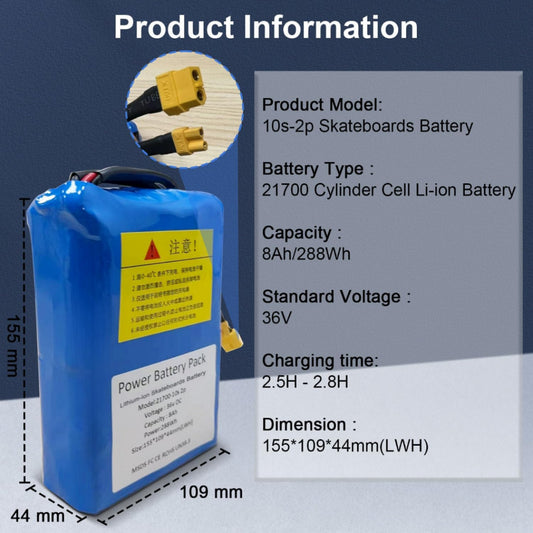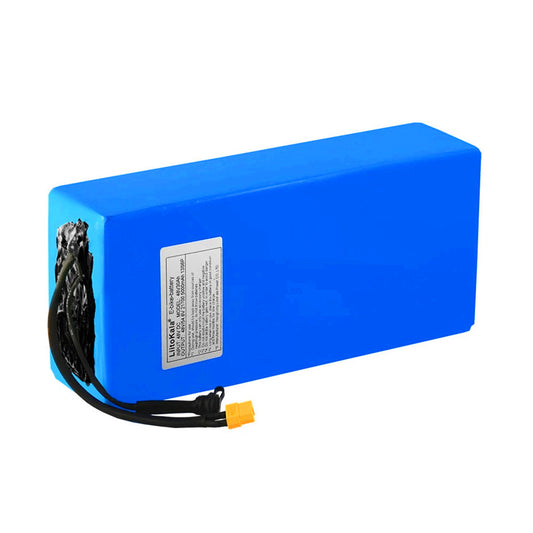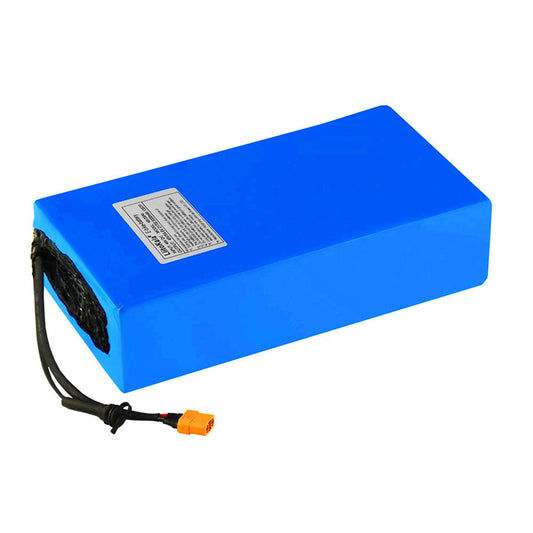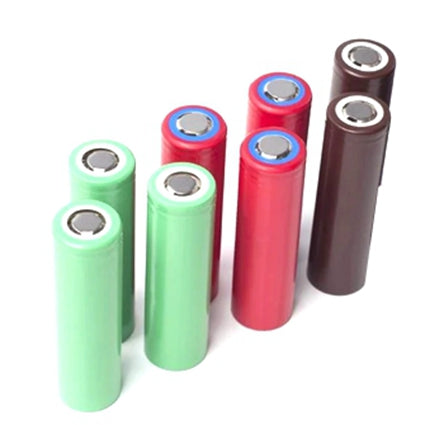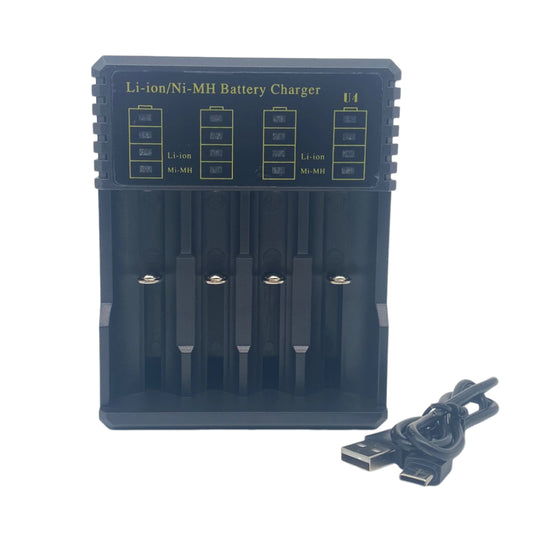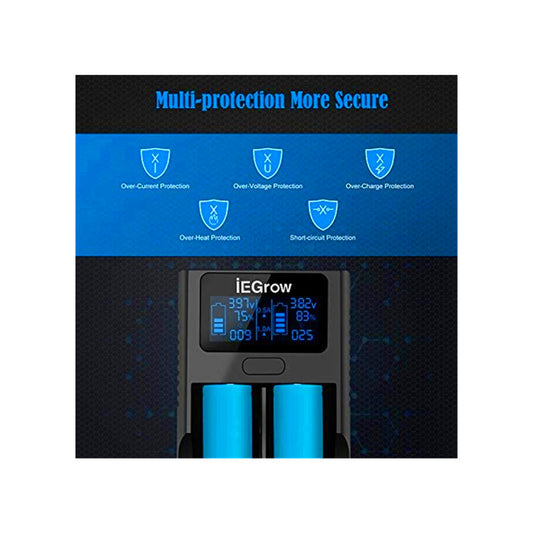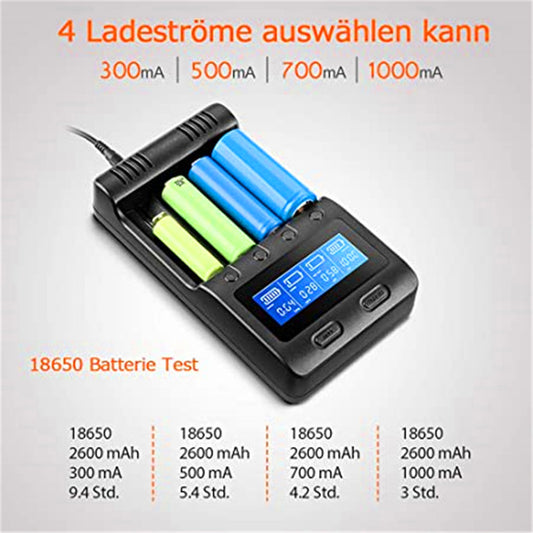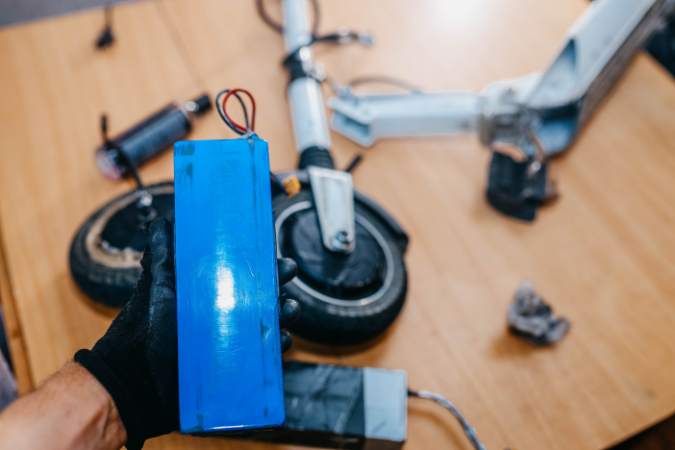The battery is the key component of any electric scooter, directly impacting how far and smoothly you can ride. Knowing how long your e-scooter battery lasts helps you make smarter choices, save money, and enjoy every ride without worry. This guide will explore the different types of e-scooter batteries, their benefits, and tips on extending their lifespan to keep your scooter running at its best for longer.
Understanding E-Scooter Battery Lifespan
To get the most out of your e-scooter battery, it's crucial to understand what affects the lifespan of its battery. Different e-scooter batteries, such as lithium-ion, lead-acid, and NiMH, each have unique characteristics.
What is Electric Scooter Battery Lifespan?
The lifespan of a e-scooter battery refers to the total time it can operate effectively before its performance begins to degrade. Performance degradation is typically noticeable when there's about a 20% drop in the battery's capacity. This means the electric scooter battery can no longer hold as much charge as it used to, reducing the distance the scooter can travel on a single charge. Most e-scooter batteries begin to show this reduction after 300 to 500 full charge cycles.
Lead-acid batteries degrade faster because they are more prone to sulfation, a process where lead sulfate crystals build up on the battery plates over time, reducing the e-scooter battery’s capacity and efficiency. They also have a lower energy density, which leads to more frequent charging cycles, accelerating their wear and tear.
Typical Lifespan of Different E-Scooter Batteries
-
Lithium-Ion Batteries: These are the most popular for e-scooters due to their light weight, high energy density, and longer lifespan. They typically last between 500 to 1,000 charge cycles, which translates to approximately 3,000 to 10,000 miles.
-
Lead-Acid Batteries: These electric scooter batteries are heavier and have a shorter lifespan, usually lasting about 200 to 300 charge cycles or around 1,000 to 3,000 miles. They tend to degrade faster because they are more prone to sulfation.
-
NiMH Batteries: Less common in e-scooters, NiMH batteries have a moderate lifespan of around 300 to 500 charge cycles, equivalent to about 1,500 to 5,000 miles.

Factors that Influence Your E-Scooter Battery Life
Several factors directly affect the lifespan and performance of your e-scooter battery, each causing varying degrees of impact.
Topographical factors
Riding on hilly or uneven terrain increases the energy consumption of the electric scooter battery because the motor has to work harder to overcome resistance. This can result in a 20-25% faster drain. This additional strain means the battery cycles more often and wears out faster, potentially reducing its overall lifespan by up to a year, and decreasing the distance you can travel on a single charge.
Environmental conditions
Environments also play a crucial role. Extreme temperatures, like cold weather below 32°F (0°C) or heat above 95°F (35°C), can decrease the battery’s efficiency by up to 30%. In cold conditions, the chemical reactions inside the battery slow down, reducing its ability to hold a charge and deliver power efficiently. In hot conditions, the electric scooter battery components can degrade faster. Both scenarios accelerate the degradation process, potentially reducing the overall lifespan of the battery by up to a year.
Charging practices
Charging habits have a profound impact on battery health. Consistently overcharging the battery or letting it drain completely before recharging can cause irreversible damage to its cells. For instance, a lithium-ion electric scooter battery that could originally support up to 1,000 charge cycles might see its effective life cut in half to 500 cycles if charged improperly. This reduction in charge cycles means that the e-scooter battery will lose its ability to hold a charge much faster, leading to reduced range and the need for an earlier replacement.
Battery cell quality
However, quality within the same battery type also matters. Higher-quality lithium-ion batteries, for instance, may use better materials, more advanced manufacturing techniques, or superior quality control, leading to more consistent performance, better safety, and a longer lifespan. A high-quality lithium-ion electric scooter battery might last closer to 1,000 cycles, while a lower-quality one could start degrading after just 500 cycles.
Storage
Storage conditions are critical to maintaining battery health. Storing your scooter in a hot or humid environment can accelerate the aging process of the battery, leading to a 20-30% reduction in capacity over time. Batteries stored at optimal conditions, such as a cool, dry place around 68°F (20°C), degrade more slowly, retaining their charge better and lasting longer.
Maintenance and Care Habitats
Maintenance and care practices can have a preventative impact. Regularly cleaning battery contacts and inspecting for any signs of damage or corrosion can help maintain optimal battery performance. Lack of maintenance can result in an up to a 15-20% faster degradation rate, leading to decreased reliability and potentially sudden battery failure. Keeping the e-scooter battery in good condition can ensure the scooter remains a reliable mode of transportation.
Tips to Extend Your E-Scooter Battery Life
Maximizing your e-scooter battery’s lifespan requires attention to charging habits, usage, and storage conditions:
Charge Wisely
Don’t let your electric scooter battery run all the way down to zero or stay plugged in overnight. Aim to keep it between 20% and 80% charged. This sweet spot helps reduce the wear on the battery, potentially making it last much longer.
Mind the Temperature
Always charge your scooter in a place that’s not too hot or too cold—think somewhere between 50°F and 77°F (10°C to 25°C). Extreme temperatures can mess with your battery's health, causing it to lose capacity faster.
Ride Smoothly
Try not to go full throttle all the time. Fast starts and stops drain the battery quicker and can wear it out faster. Riding at a steady pace helps you go further on a single charge and keeps the battery happier for longer.
Store with Care
If you’re not using your scooter for a while, store it with the battery charged to about halfway (around 50-60%). This helps prevent the battery from degrading while it’s sitting unused.
Check Your Battery
Make a habit of looking over your battery every now and then. Clean any dust or grime off the contacts and check for any signs of damage. A little bit of regular maintenance goes a long way in keeping your battery—and your e-scooter—in top shape.

When to Replace Your Electric Scooter Battery?
Replace your e-scooter battery timely can save you from unexpected stops and keep your rides smooth. Here’s how to tell if it’s time for a new e-scooter battery:
Reduced Range
If you notice your scooter isn’t going as far on a single charge—say it’s dropped from 15 miles to around 12 miles—that’s a clear sign the battery is wearing out. A loss of about 20% in range is usually a good point to start thinking about a replacement.
Longer Charging Times
When it starts taking noticeably longer to charge your battery fully, it’s a sign it’s struggling to hold power. If your electric scooter battery once took three hours to charge and now takes five, it’s probably time to get a new one.
Visible Damage
Look out for any swelling, leaks, or corrosion on the battery. These are big red flags that the battery is failing and could even be unsafe. If you spot any of these, don’t wait—replace it right away.
Age of the Battery
Even if everything seems fine, batteries don’t last forever. If your battery is over two or three years old, or if you’re hitting that 500-1,000 charge cycle range for lithium-ion batteries, it might be time to consider a new one to keep your scooter in top shape.
Keep Your Rides Smooth with Reliable E-Scooter Batteries
By understanding how to extend your e-scooter battery life and recognizing when it's time for an e scooter replacement battery, you can enjoy longer, more dependable rides. To keep your scooter performing at its best, choose high-quality e-scooter lithium batteries for sale from BatteryInt—your reliable source for long-lasting power and top-notch performance.
Frequently Asked Questions
Can I Use Any Charger for My E-Scooter Battery?
It’s best to use the charger that comes with your e-scooter or one that is specifically designed for your battery type. Using the wrong charger can lead to improper charging, overvoltage, or even damage to the electric scooter battery, reducing its lifespan and potentially causing safety risks.
What Drains the E-Scooter Battery the Most?
High speeds, frequent acceleration, riding uphill, and carrying heavy loads are the biggest drains on an e-scooter battery. Environmental factors like extreme temperatures (very hot or cold) can also reduce battery efficiency, causing it to drain faster.
How Long Does It Take to Charge a E-Scooter Battery Fully?
Charging times vary based on the battery type and capacity. Most e-scooter batteries take about 3 to 6 hours to charge fully. If you notice that your battery is taking significantly longer to charge than this, it could be a sign of aging or damage.
Can Electric Scooters Last over 10 Years?
With proper care, maintenance, and occasional part replacements, including the battery, an electric scooter can potentially last up to 10 years. However, the battery itself will likely need replacement every 2 to 3 years due to the natural degradation of battery cells over time.
Related Reading:
How Long Can an E-bike Battery Last?
6 Practical Ebike Battery Charging Tips for Prolonging Your E-bike Battery Life



